Search Results for Tag: Sea level
Greenland ice holds Cold War peril
It sounds like something from a science-fiction novel or a disaster movie. A hidden city under ice, housing 200 people, complete with hospital, cinema, church and research labs – and powered by a mini nuclear reactor. In fact it is reality and lies below the ice of north-west Greenland. The building of Camp Century was started in 1959, by US army engineers.
The camp was abandoned when the glacier above turned out to be shifting much faster than expected in 1967, threatening to crush the tunneled base below. Pollutants including PCBs, tanks of raw sewage and low-level radioactive coolant from the nuclear reactor were left behind.
“When the waste was deposited there, nobody thought it would get out again”, William Colgan, an assistant professor in the Lassonde School of Engineering at York University in Canada, told AFP. Colgan is co-author of a study published in August: Melting Ice could release frozen Cold War-era waste.
Unfortunately, recent research results have told us that the ice island of Greenland is melting even faster than previously thought. A new study published this week in the journal Science Advances using GPS to help estimate how much Greenland ice is melting, comes to the conclusion it is losing around 40 trillion pounds more ice a year than scientists previously thought. That is around 7.6 percent of a difference.
GPS maps past and future ice loss
Most measurements of ice sheet loss use a satellite that measures changes in gravity, and uses computer simulations to calculate the weight loss of ice. But co-author Michael Bevis of Ohio State University told the news agency AP that a portion of the mass calculated by the satellite as ice mass, is actually made up of rocks, which rise up to replace the ice when it goes. This distorts the picture, giving the impression there is more ice than there actually is.
The new study also reconstructs ice loss from Greenland over millennia and comes to the conclusion that it is the same parts of Greenland – the north-west and the south-east – which are losing most ice today as in the distant past. The authors say this means the rapid ice lost we have seen over the last 20 years is part of a long-term trend, being exacerbated by climate change. Damian Carrington in the Guardian, quotes Christopher Harig from the University of Arizona as an independent scientist not involved in the study:
“The new research happening now really speaks to the question: ‘How fast or how much ice can or will melt by the end of the century?’ As we understand more the complexity of the ice sheets, these estimates have tended to go up. In my mind, the time for urgency about climate change really arrived years ago, and it’s past time our policy reflected that urgency.”
Frozen hazards await release
Coming back to Camp Century – here, and elsewhere in the “frozen North”, a lot of the perils once locked safely inside an icy safe are now lurking ready to emerge when the time comes. Colgan led a study published in August in the journal Geophysical Research Letters, which found that higher temperatures could eventually result in toxic waste from the base being released into the environment. By 2090 the amount of ice melting may no longer be offset by snowfall, meaning the toxic chemicals could start leaking into the environment, the study found. Even before that, fissures in the snow could lead to melt water seeping into the crushed tunnels, currently located just 35 metres below the surface.
This is just one spectacular example of a problem that is widespread across the Arctic. Anthrax spores, nuclear waste from subs and reactors … and these are only the human-made dangers. The permafrost is sometimes described as a “time bomb”, with masses of methane and carbon stored as part of natural processes coming to the surface as the world warms.
The news story on AFP centres on who is responsible for cleaning up the pollution from the under-ice camp. The USA and Denmark signed a treaty to permit the construction of Camp Century, code-named “Project iceworm”. Officially, it was to provide a laboratory for Arctic research projects. AFP says it was also home to a “secret US effort to deploy nuclear missiles”. Maybe it was lucky the project had to be abandoned in 1967. But the legacy remains in the form of the nuclear waste left buried under the snow when the reactor was removed.
We have the technology, but…
Study author William Colgan believes the physical logistics of decontaminating the site may not be the biggest challenge involved in all of this. “The environmental hazard is relatively small and far away and there are only a few native towns close by”, AFP quotes.
I was shocked by this statement, which seems to imply that we don’t need to worry about “a few native towns”. I hope I have misunderstood him here. Surely the lives of these small communities should have top priority?
But I can follow his reasoning that establishing which country is responsible for making good the damage is harder than the actual physical clean-up. (He also mentions that the USA and Denmark have experience in similar clean-up operations around the Thule air base, which is around 240 toxic messes or worrying that all our technology cannot prevent destruction of the fragile Arctic environment if we carry out risky operations?)
A worrying precedent
Colgan says the dispute over responsibility “could help set a precedent for other conflicts arising from climate change”. Now that is a very worrying prospect. Unfortunately, it is also a highly realistic one.
When it comes to accepting responsibility for the climate change which is speeding up the melting of Greenland’s huge ice-sheet – and taking action to halt it by abandoning fossil fuels – conflicts are virtually pre-programmed.
When it comes to the costs of dealing with the migration of people forced out of their homes by sea-level rise, flooding, drought, and of ensuring progress for developing countries without climate-harming fossil fuels, states are unlikely to be queuing up to foot the bill.
Olympics over, but Arctic ice still chasing records
The Rio games have come to an end. Summer is drawing to a close here in Germany. It feels more like autumn today, cool with heavy rainshowers. But there’s a heatwave around the corner after what most people agree has been a very strange summer.
July followed in the record-breaking trend of the earlier months of the year, being the hottest month ever recorded on the planet.
![]() read more
read more
Can we halt Arctic melt? Hard question for UN advisor
I had a very interesting high-profile visitor here at Deutsche Welle this week. Bonn, John Le Carré’s “Small Town in Germany” is this country’s UN city nowadays, home to organizations like the climate secretariat UNFCCC and the Convention on Migratory Species, CMS. This year marks 20 years of the former German capital in that new UN role. Fortunately for me and my colleagues, it brings a lot of interesting people to the city.
The University and the City of Bonn have been running a series of lectures by members of the Scientific Advisory Board of the United Nations Secretary-General Ban Ki-Moon this year, under the heading “Global Solutions for Sustainable Development”. This week, it was the turn of Susan Avery, who was President and Director of the Woodshole Oceanographic Institution in the USA until last year. She has been on the advisory board to Ban Ki-Moon for the last three years and she and the other advisors are just finishing their report, so it was great to have the opportunity to talk in length.
Sea and sky as dancing partners
Her lecture was about the importance of the ocean with regard to climate, but she also talked to me about a whole range of ocean-related issues in an interview to be broadcast on our Living Planet programme, starting next week.
Susan Avery is an atmospheric scientist, (the first to head a major oceanographic institution, she told me). She has a very attractive image to describe how the atmosphere and the ocean relate to each other:
“In our planetary system we have two major fluids, the ocean and the atmosphere, and think of them as two dance partners… moving along, but in order to get a choreographic dance, they have to talk to each other. They do that through the ocean-atmosphere interface, which is wave motion, spray, all the things that help them communicate. These two create different dances… an El Nino dance, or a hurricane dance, for example. In reality what they do together is transport heat, carbon and water, which are the major global cycles in our planetary system.”
Since the onset of industrialization, we humans have been introducing some different steps to the dance, it seems:
“When you take it to the climate scale, we talk a lot about the temperature of the atmosphere, increases associated with the infusion of carbon, that is human produced. The thing is that the extra carbon dioxide that gets released into the atmosphere through our fossil fuels and deforestation is associated with extra heat. Of the carbon dioxide we release into the atmosphere, half will stay in the atmosphere, 25% will go into the ocean, 25% will be taken up by the land. But if you look at the heating or warming, 93% of the extra warming is actually in the ocean. There are only very small amounts in the atmosphere.”
Centuries of warming pre-programmed
That means a huge amount of heat is actually being stored in our seas:
“And you can understand why, because the atmosphere is a gas, the ocean is a mass of liquid, which covers two thirds of our planet, and it has a huge heat capacity to store that, but that heat doesn’t just stay at the surface. So (..) when you only talk about heat and temperatures at the surface, you’re ignoring what’s happening below the surface in the ocean, and once the ocean gets heated it’s not going to stay there, because there is this fluid motion. So we’re getting to see greater and greater temperature increases at greater and greater depths. And once that heat gets into the ocean, it can stay there for centuries. Whereas in the upper ocean, it might stay 40 or 50 years, when you get into the deeper parts, because of the density and capacity, it stays there for a long time.”
So, she explained, the carbon dioxide we’ve put into the atmosphere already – and the heating associated with that – means that “we’re already pre-destined for a certain amount of global temperature increase. Many people say we have already pre-destined at least one and a half degree, some will say almost two degrees.”
Now if that is not a sobering thought.
And on top of that comes the acidification of the oceans caused by the extra carbon dioxide, which is playing havoc with coral reef systems and shell-based ocean life forms.
“This is really critical, because it attacks a lot of the base of the food chain for a lot of these eco-systems”.
“What’s in the Arctic is not staying in the Arctic”
Susan Avery’s work has included research on the Arctic and Antarctic, so of course I took the opportunity to ask how she sees all this affecting the polar regions.
She explained how the rapid increase in ice melt in the Arctic – both sea-ice and land ice – caused by atmospheric warming above and warmer ocean waters below, is of great concern for two reasons. The more obvious one is the contribution of land ice melt to sea-level-rise. The other, she explained, is that the melting of the land-based ice results in “a freshening of certain parts of the ocean, so particularly the sub-polar north Atlantic, so you have a potential for interfacing with our normal thermohaline circulation systems which could dramatically change that.” The changes in salinity currently being observed, are a “signal that the water cycle is becoming more vigorous”. This, of course, has major implications for ocean circulation and, in turn, the climate, not just in the region where the ice has been melting:
“What’s in the Arctic is not staying in the Arctic. What’s in the Antarctic is not staying in the Antarctic. I would say the polar regions are regions where we don’t have a lot of time before we see major, massive changes”.
What I find particularly worrying is that Susan Avery confirmed there is still so much we do not know about what is happening in the polar regions and in the ocean in general.
“We really need to get our observations and science and models working together”, she told me. “The new knowledge we have created on processes in the Arctic has to be incorporated into climate system models”.

Satellite data ( KSAT site in in Tromso) helps, but cannot penetrate deep ocean, Avery says. (Pic. I Quaile)
Paris and the poles
So, given that temperature rise of 1,5 to two degrees Celsius could already be a “given”, and the Arctic is being affected much faster and more strongly than the planet on average, is there any real hope that we can hold up these developments and halt the melting of ice in the Arctic? This was clearly a very difficult question for my guest. She told me she had been very relieved that the Paris Climate Agreement was signed and was sure humankind could still “make things better”. But when I asked whether we will really be able to reverse what is happening in the Arctic or halt climate change in the Antarctic, this was what she replied:
“I don’t have an answer, to be honest. I think we’re still learning a lot about the Arctic and its interface with lower latitudes, how that water basically changes circulation systems, and on what scale. But I think what’s really critically needed right now to get a better sense of the evolution of the Arctic, and of sea level rise, is a real concerted observing network. We know so little, about the Arctic, the life forms underneath the ice. We have the technology. What I really see now is a confluence of new technologies, new analytical approaches, new ways to do ocean science, and all it takes is money to really get those robots there, get the genomic studies that you need, the analysis. We are at the stage where we can do so much, to further our understanding, and I would really put a lot into the Arctic right now, if I had the money to do so.”
Me too, Susan.
Ice: the final frontier?

Investigating the undersea secrets of the Arctic night from the research vessel Helmer Hanssen (Pic: I.Quaile)
This brings us back to a key problem I have worried about ever since I started to work on how climate change is affecting the Arctic. That change is speeding up so fast, it is virtually impossible for our research to keep pace. As Susan Avery put it:
“The Arctic will be a major economic zone, we’ve already seen the North-West Passage through the Arctic waters, we’re going to see migration of certain fisheries around the world – and we don’t even know completely what kind of biological life we have below that ice. We have the ability to get underneath the ice now. I call these the frontiers, of the ocean, and that includes looking under ice.”
I am reminded of my trip on board the Helmer Hanssen last year, accompanying a research mission to find out what happens under that ice and down in the deep ocean during the cold, dark season.
(Listen to the audio feature here). There is still so much we do not know about life in the ocean – and it might disappear before we even knew it was there.
Arctic sea ice, Greenland and Europe’s weird weather
As I write this, I am sitting in a short-sleeved shirt with the window open, enjoying an unusually warm start to the month of May. It’s around 27 degrees Celsius in this part of Germany, pleasant, but somewhat unusual at this time. The first four months of this year have been the hottest of any year on record, according to satellite data.
The Arctic is not the first place people tend to think of when it comes to explaining weather that is warmer – as opposed to colder – than usual in other parts of the globe. But several recent studies have increased the evidence that what is happening in the far North is playing a key role in creating unusual weather patterns further south – and that includes heat, at times.
Why sea ice matters
The Arctic has been known for a long time to be warming at least twice as fast as the earth as a whole. As discussed here on the Ice Blog, the past winter was a record one for the Arctic, including its sea ice. The winter sea ice cover reached a record low. Some scientists say the prerequisites are in place for 2016 to see the lowest sea ice extent ever.
Several recent studies have increased the evidence that these variations in the Arctic sea ice cover are strongly linked to the accelerating loss of Greenland’s land ice, and to extreme weather in North America an Europe.
“Has Arctic Sea Ice Loss Contributed to Increased Surface Melting of the Greenland Ice Sheet”, by Liu, Francis et.al, published in the journal of the American Meteorological Society, comes to the conclusion: “Reduced summer sea ice favors stronger and more frequent occurrences of blocking-high pressure events over Greenland.” The thesis is that the lack of summer sea ice (and resulting warming of the ocean, as the white cover which insulates it and reflects heat back into space disappears and is replaced by a darker surface that absorbs more heat) increases occurrences of high pressure systems which get “ stuck and act like a brick wall, “blocking” the weather from changing”, as Joe Romm puts it in an article on “Climate Progress”.
Everything is connected
The study abstract says the researchers found “a positive feedback between the variability in the extent of summer Arctic sea ice and melt area of the summer Greenland ice sheet, which affects the Greenland ice sheet mass balance”. As Romm sums it up:“that’s why we have been seeing both more blocking events over Greenland and faster ice melt.”
He quotes co-author Jennifer Francis of Rutgers University, New Jersey, explaining how these “blocks” can lead to additional surface melt on the Greenland ice sheet, as well as “persistent weather patterns both upstream (North America) and downstream (Europe) of the block.
“Persistent weather can result in extreme events, such as prolonged heat waves, flooding, and droughts, all of which have repeatedly reared their heads more frequently in recent years”, Romm concludes.
“Greenland melt linked to weird weather in Europe and USA” is the headline of an article by Catherine Jex in Science Nordic. People are usually interested in changes in the Greenland ice sheet because of its importance for global sea level, which could rise by around seven metres if it were to melt completely. But Jex also draws attention to the significance of changes to the Greenland ice for the Earth’s climate system as a whole.
The jet stream
“Some scientists think that we are already witnessing the effects of a warmer Arctic by way of changes to the polar jet stream. While an ice-free Arctic Ocean could have big impacts to weather throughout the US and Europe by the end of this century”.
She also notes some scientists warning of “superstorms”, if melt water from Greenland were eventually to shut down ocean circulation in the North Atlantic.
The site contains an interactive map to indicate how changes in Greenland and the Arctic could be driving changes in global climate and environment.
The jet streams drive weather systems in a west-east direction in the northern hemisphere. They are influenced by the difference in temperature between cold Arctic air and warmer mid-latitudes. With the Arctic warming faster than the rest of the planet, this temperature contrast is shrinking, and scientists say the jet streams are weakening.
Jex quotes meteorologist Michael Tjernström, from Stockholm University, Sweden: “Climatology of the last five years shows that the jet has weakened,” says. Its effect on weather around the world is a hot topic.
“We’ve had strange weather for a couple of years. But it’s difficult to say exactly why.”
One explanation, Jex writes, is that a weak jet stream meanders in great loops, which can bring extremes in either cold dry polar air or warmer wetter air from the south, depending on which side of the loop you find yourself. If the jet stream gets “stuck” in this kind of configuration, these extreme conditions can persist for days or even weeks.
Experts have attributed extreme events like the record cold on the east coast of the USA in early 2015, a record warm winter later the same year, and the summer heat waves and mild wet winters with exceptional flooding in the UK to these kind of “kinks” in the jet stream.
Greenland and the ocean
The changes to Greenland’s vast land ice sheet also have consequences for ocean circulation, because they mean an influx of the cold fresh water flowing into the salty sea. And the sea off the east coast of Greenland plays a key role in the movement of water, transporting heat to different parts of the world’s oceans and influencing atmospheric circulation and weather systems.
There have often been “catastrophe scenarios” suggesting the Gulf Steam, which brings warm water and weather from the tropics to the USA and Europe could ultimately be halted, leading to a new ice age. (Remember the “Day after Tomorrow?)
Although this extreme scenario is currently considered unlikely, research does suggest that the major influx of fresh water from melting ice in Greenland and other parts of the Arctic could slow the circulation and result in cooler temperatures in north western Europe.
Jex goes into the theory of a “cold blob” of ocean just south of Greenland, where melt water from the ice sheet accumulates. Some scientists say this indicates that ocean circulation is already slowing down. The “blob” appeared in global temperature maps in 2014. While the rest of the world saw record breaking warm temperatures, this patch of ocean remained unusually cold.
According to a recent study led by James Hansen, from Columbia University, USA, the ‘cold blob’ could become a permanent feature of the North Atlantic by the middle of this century. Hansen and his colleagues claim that a persistent ‘cold blob’ and a full shut down of North Atlantic Ocean circulation could lead to so-called ‘superstorms’ throughout the Atlantic. And there is geological evidence that this has happened before, they say. But the paper was controversial and many climate scientists questioned the strength of the evidence.
However, some scientists already attribute western Europe’s warm and wet winter of 2015 to the “cold blob”, Jex notes, which may have altered the strength and direction of storms via the jet stream.
The good old British weather
The UK’s Independent goes into a new study by researchers at Sheffield University, which indicates soaring temperatures in Greenland are causing storms and floods in Britain. The Independent’s author Ian Johnston says the study “provides further evidence climate change is already happening”.
It never ceases to amaze me that evidence is still being sought for that, but, clearly, there are still those who are yet to be convinced our human behavior is changing the world’s climate. So every bit of scientific evidence helps – especially if it relates to that all-time favourite topic of the weather.
The study also looks at the static areas of high pressure blocking the jet stream. With amazing temperature rises of up to ten degrees Celsius during winter on the west coast of Greenland in just two decades, it is not hard to imagine how this can effect the jet stream, and so our weather in the northern hemisphere.” If forced to go south, the jet stream picks up warm and wet air – and Britain can expect heavy rain and flooding. If forced north, the UK is likely to be hit by cold air from the Arctic”, Johnston writes.
The article quotes Professor Edward Hanna from the University of Sheffield, lead author of a paper about the research published in the International Journal of Climatology, and says seven of the strongest 11 blocking effects in the last 165 years had taken place since 2007, resulting in unusually wet weather in the UK in the summers of 2007 and 2012.
Hanna told the Independent computer models used 10 to 15 years ago to predict the extent of sea ice in the Arctic had significantly underestimated how quickly the region would warm.
“It’s very interesting to look at the observed changes in the Arctic … the actual observations are showing far more dramatic changes than the computer models,” Professor Hanna said.
“You do get sudden starts and jumps. It’s the sudden changes that can take us by surprise and there certainly does seem to have been an increase in extreme weather in certain places.”
Drawing conclusions (or not?)
In the Washington Post, (reprinted on Alaska Dispatch News) Chelsea Harvey sums up the conclusions of the latest research in an article entitled “Dominoes fall: Vanishing Arctic ice shifts jet stream, which melts Greenland glaciers”:
“There are a more complex set of variables affecting the ice sheet than experts had imagined. A recent set of scientific papers have proposed a critical connection between sharp declines in Arctic sea ice and changes in the atmosphere, which they say are not only affecting ice melt in Greenland, but also weather patterns all over the North Atlantic”.
So what do we learn from all of this? Sometimes I ask myself how many times we have to hear a message before we really take it in and decide to do something about it.
Here in Bonn, not far from the office where I am sitting now, the first round of UN climate talks since the Paris Agreement at the end of last year will be kicking off this coming weekend. The aim is to stop the rise in global temperature from going about two, preferably 1.5 degrees C. We have already passed the one degree mark. In an interview with the Guardian this week, the head of the IPCC Hoesung Lee says it is still possible to keep below two degrees, although the costs could be “phenomenal”. But many scientists and other experts are increasingly dubious about whether emissions can really peak in time to achieve the goal. Current commitments by countries to emissions reductions still leave us on the track for three degrees at least.
The concentration of greenhouse gases in the atmosphere is, as the Guardian puts it, “teetering on the brink of no return”, which the landmark 400 ppm measured for the first time at the Australian station at Cape Grim and unlikely to go below the mark again at the Mauna Loa station in Hawaii.
On my desk, I have a book entitled “Arctic Tipping Points”, by Carlos M. Duarte and Paul Wassmann. It was published in 2011. Before that, Professor Duarte had explained the global significance of what is happening in the Arctic to me
at an Arctic Frontiers conference in Tromso, Norway. How much more evidence do we need? Science takes a long time to research, evaluate and publish solid evidence of change and its consequences, with complex review processes. If politicians delay much longer, the pace of climate change will be so fast that action to avert the worst cannot keep up. Meanwhile, that Arctic ice keeps dwindling – and I sense another major storm on the approach.
Rising seas culprit: ice or heat?
My attention was caught this week by a study that ascertained that thermal expansion accounts for a much greater share of sea level rise than previously thought. In fact, quite a few journalists got the message wrong. They thought the researchers had found that climate change was causing sea level rise twice as high as previously thought, which would have been quite a sensation. In fact, what the scientists actually found was that the amount of sea level rise that comes from the oceans warming and expanding has been underestimated and is probably about twice as much as previously calculated. There is a clear difference, which does not make the research – using the latest available satellite data – any less interesting.
Since two of the authors of the study are based here in Bonn, I was able to drop in on them and get them to explain their findings and the implications for our Living Planet programme. That will be broadcast in the near future. I also talked to Professor Anders Levermann from the Potsdam Institute for Climate Impact research on the phone, to get the research findings into context.
While physicists understand the workings of thermal expansion in the oceans in general, Levermann told me there is still a lot to learn about how the heat from excess warming is transported in the ocean, which is of key importance to understanding sea level rise, amongst other things. He says the new research will help make models of future sea level rise more accurate.
The Bonn researchers explained to me how satellite technology has made huge improvements in the collection of data, especially relating to the very deep areas of the ocean, which are very difficult to reach with conventional measuring gauges. Professor Kusche told me he would like to see the results of the study, published in the Proceedings of the National Academy of Sciences, being used by governments and coastal planners, as sea level rise will affect a large number of people living in coastal areas in the not-too-distant future. Warming seas are also linked to the occurence of storms, making the findings doubly relevant to those involved in protecting coastal areas.
From an Iceblogger point of view, I was keen to know whether the knowledge about the amount of sea level rise ascribed to thermal expansion had any implications for the role played by melting ice in raising sea level. If thermal expansion is accounting for a higher share of the sea level rise, is melting ice from Greenland and Antarctica accounting for less? I put that question first to Professor Kusche.
“We think that less of the sea level rise is coming from melting ice and glaciers, that’s actually true,” he answered. He said he and his colleagues had done a very thorough re-analysis of all the measurements available over the last 12 or 13 years, “and we are pretty sure that our numbers are correct”.
Rietbroek came in that that point: “Less, but not that much less. If you look at pubished literature and estimates of glacier melting, and try to add those up, you won’t be that far away from what we get. So the melting of glaciers is not that different from what’s been found previously”, he added.
I put the same question to Professor Levermann from PIK, who runs an ice sheet model for the Antarctic and was lead author of the IPCC chapter on sea level change. He explained to me that the various contributions to sea level rise are measured and modelled separately by different teams of experts in particular fields. The models all have a wide range of possible variation. He told me there is still some uncertainty in the distribution of the “sea level rise budget” between thermal expansion, ice sheet melt, mountain glacier melt and groundwater mining. While the latest findings on thermal expansion could potentially shift the relative contributions and are important for improving models to project future sea level rise more accurately, they do not change the validity of predictions relating to the amount of ice going into the ocean.
Ultimately, Levermann says, one of the IPCC statements with the highest certainty is that sea level will continue to rise for centuries to come. He was one of the authors of yet another study published in Nature Climate Change this past week, led by Peter Clark from the Oregon State University. It affirms that our greenhouse gas emissions today produce climate change commitments for many centuries to millenia. Unless the Paris climate agreement is put into practice asap and we reach zero or negative emissions, up to 20 percent of the world’s population will find itself living in areas that may have to be abandoned.
We are, indeed, living in the Anthropocene. Recently, I interviewed a scientist who found that we have already postponed the next ice age by 50,000 years through our fossil fuel emissions. The latest sea level study indicates that the next few decades offer a brief window of opportunity to avoid increased ice loss from Antarctica and “large-scale and potentially catastrophic climate change that will extend longer than the entire history of human civilization thus far”.



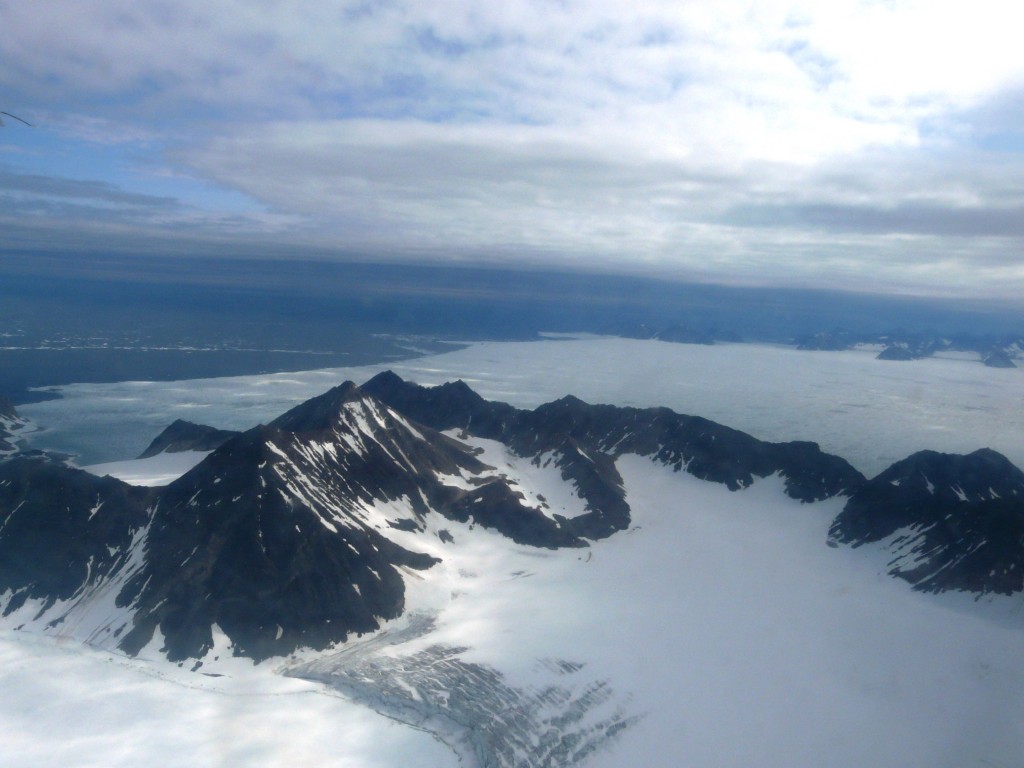
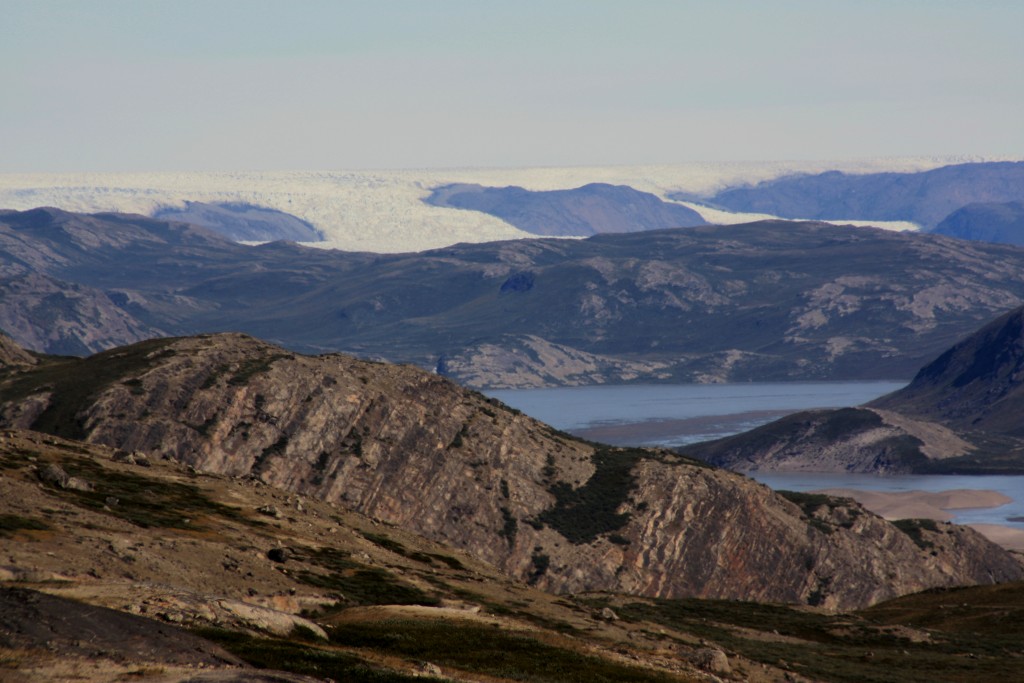

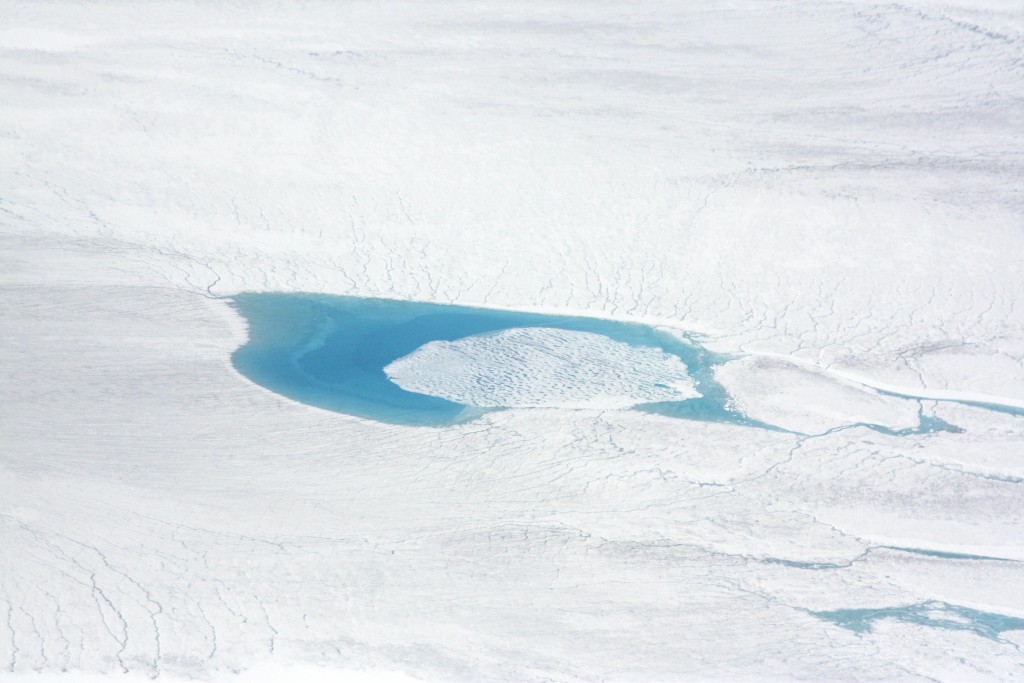
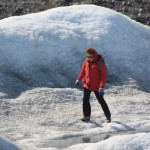

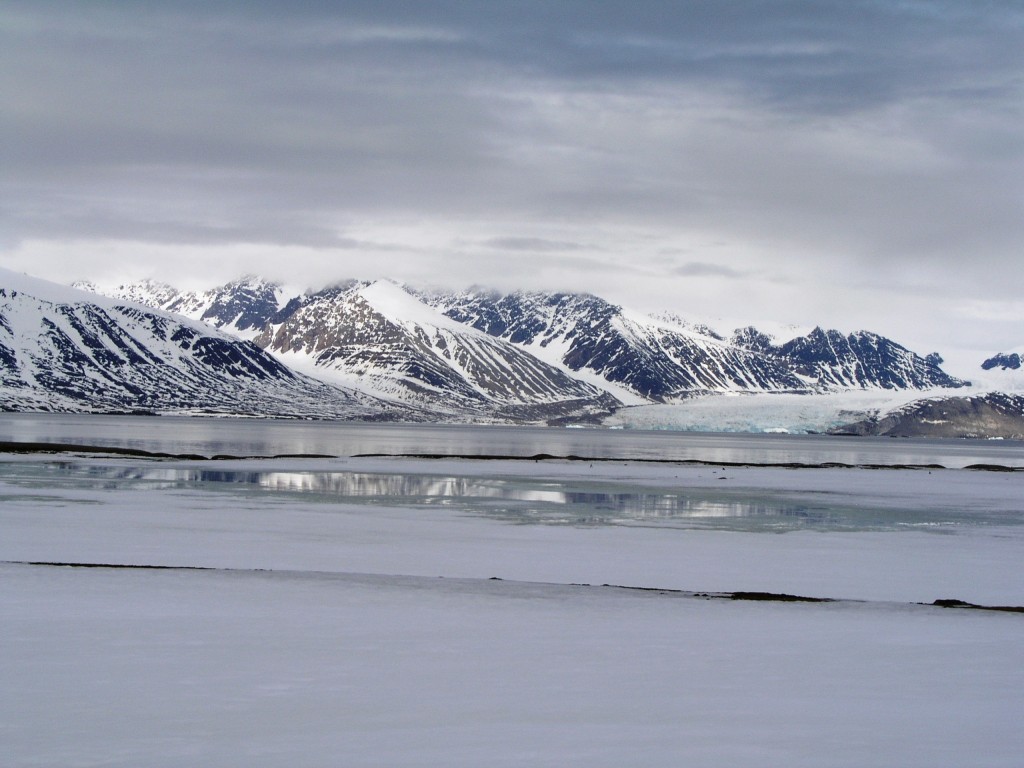
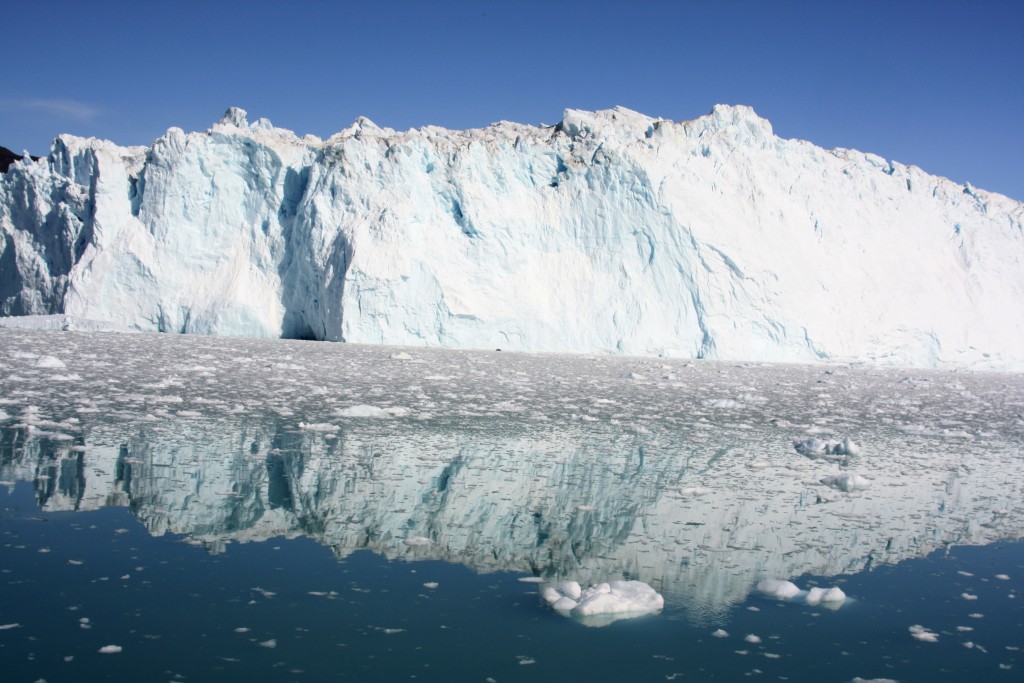
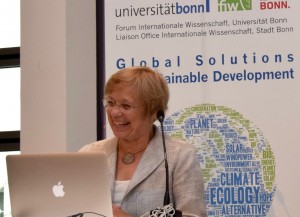
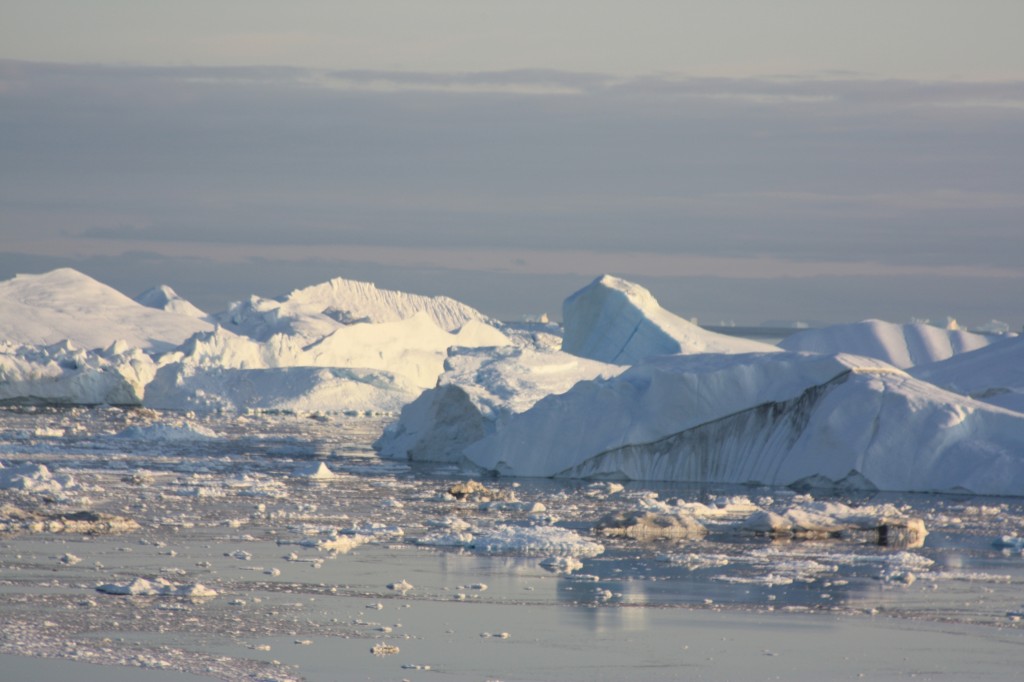
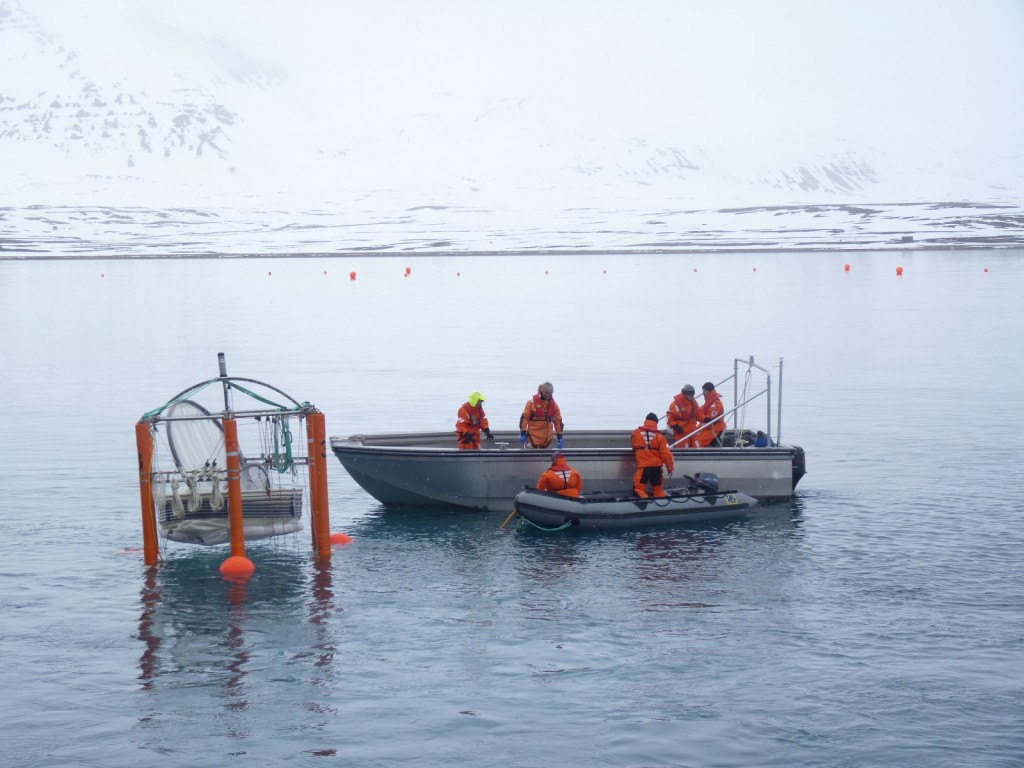
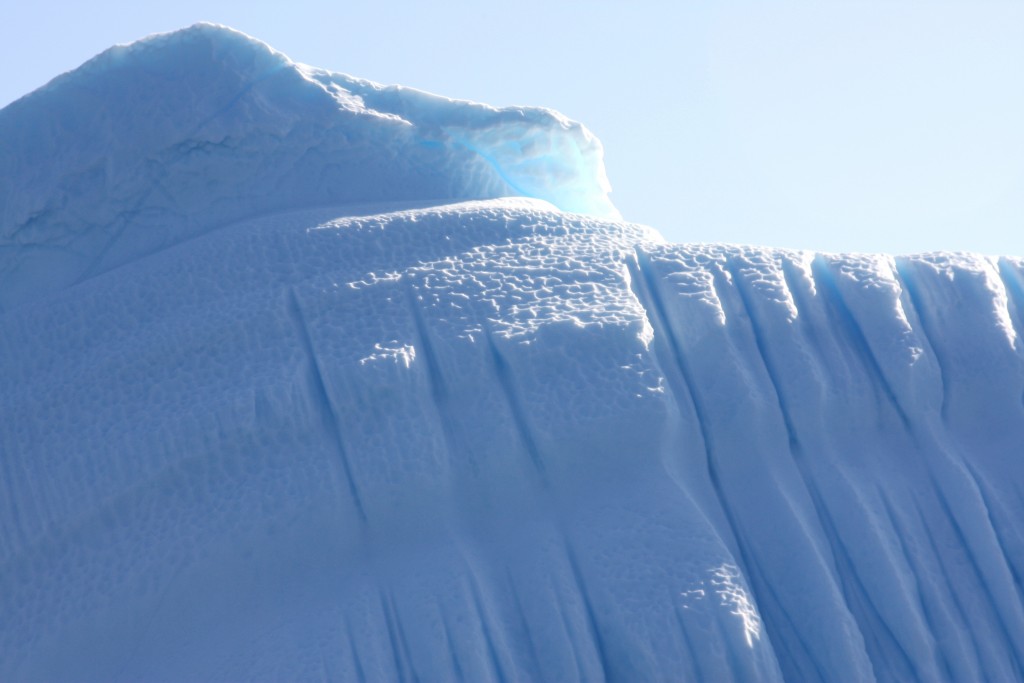

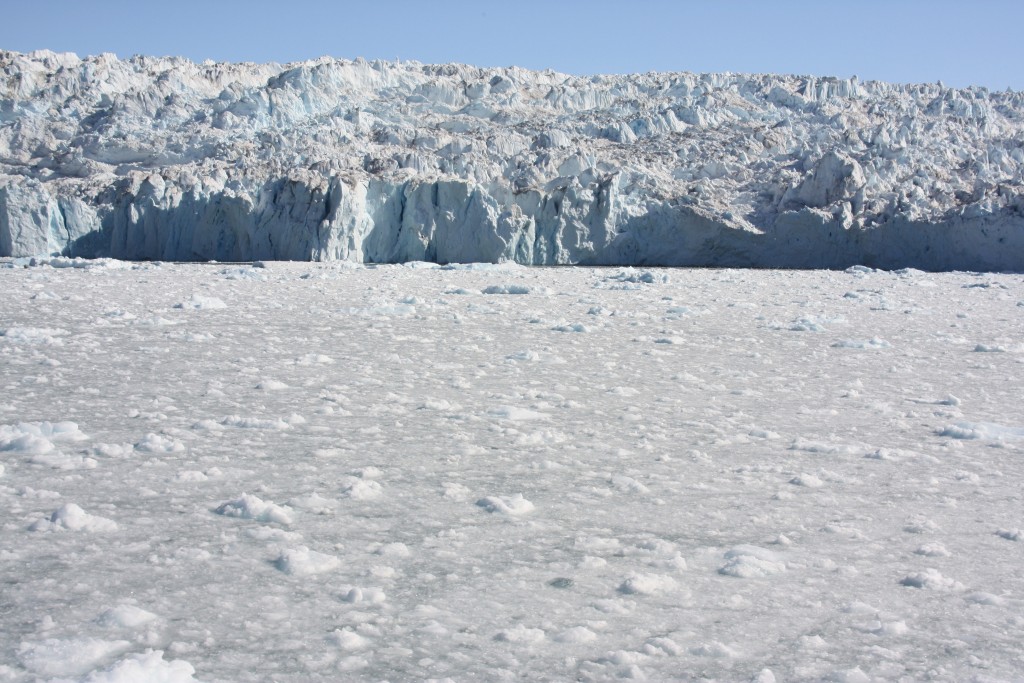



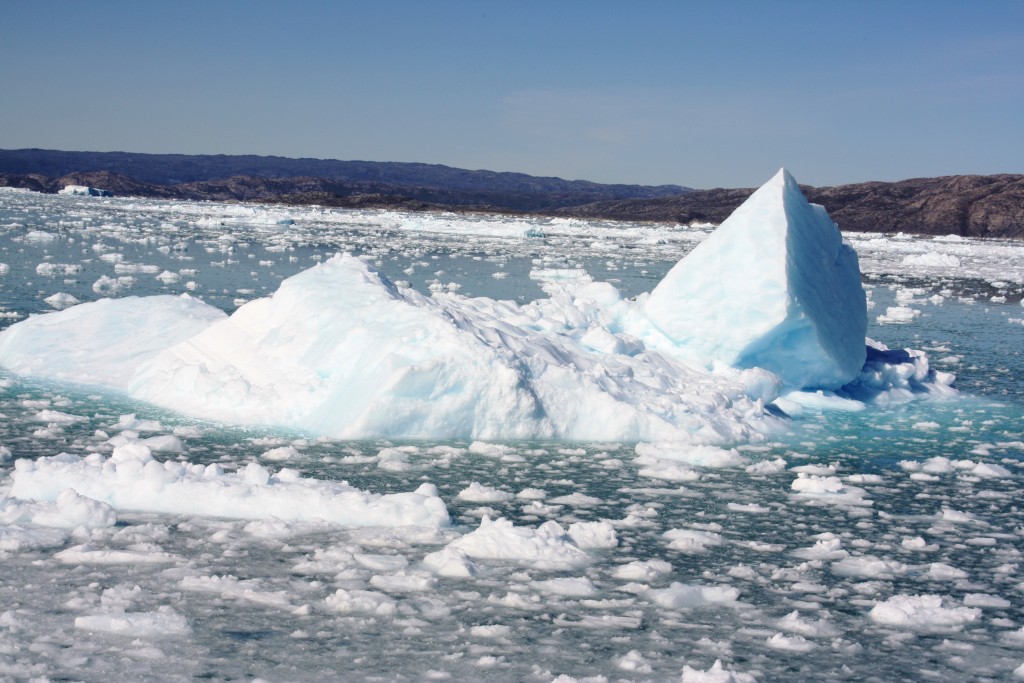
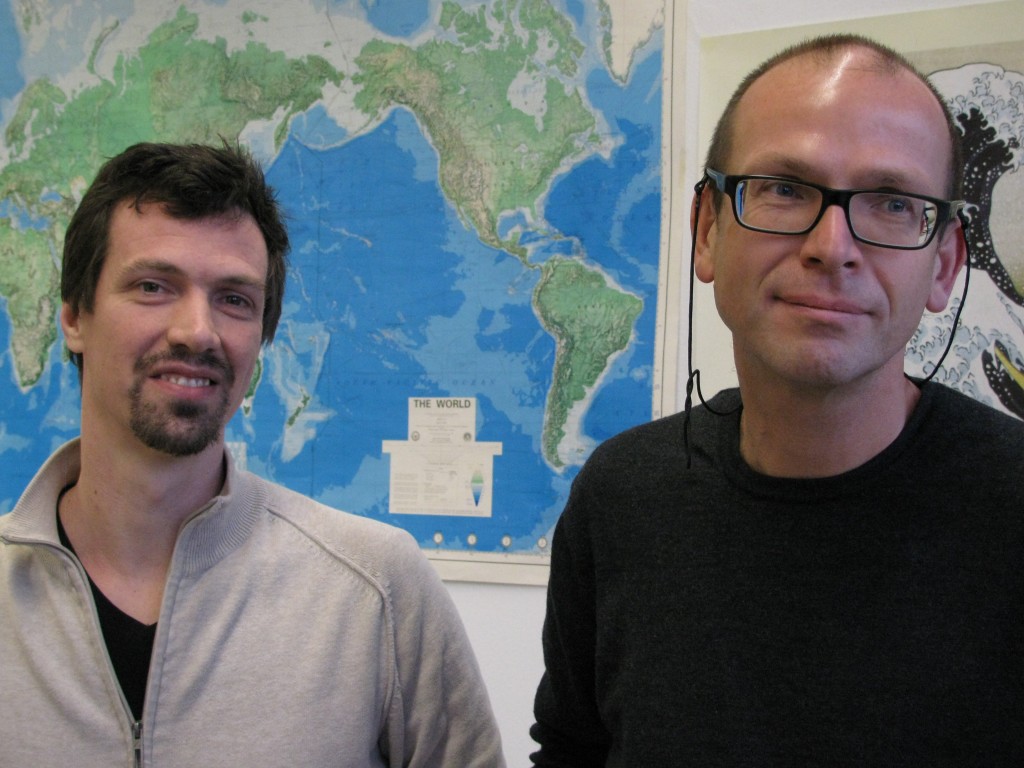
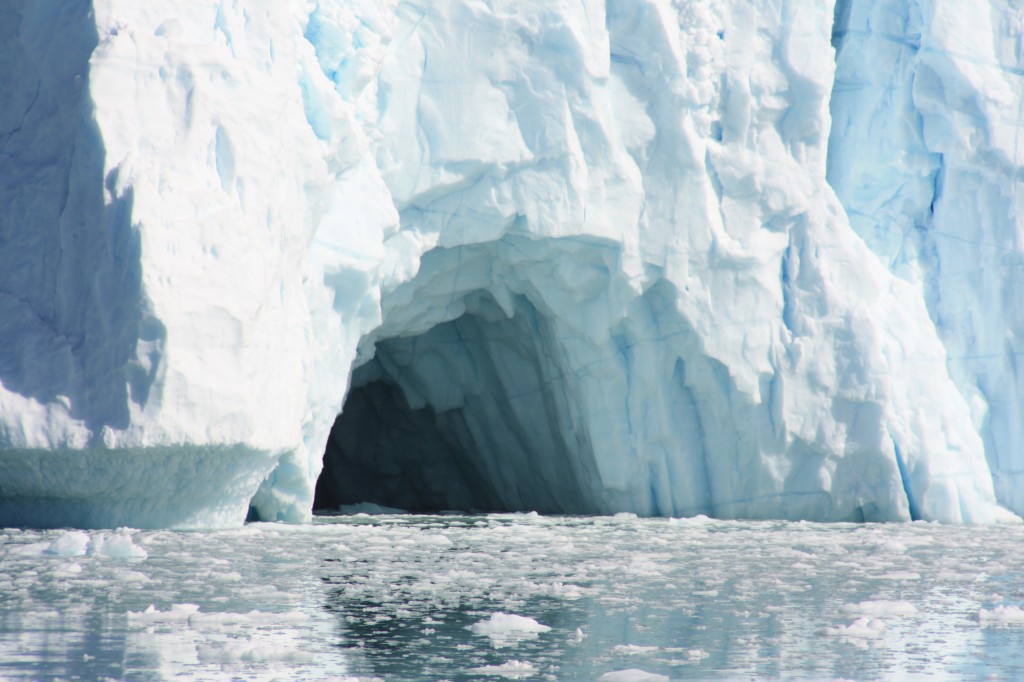
















Feedback